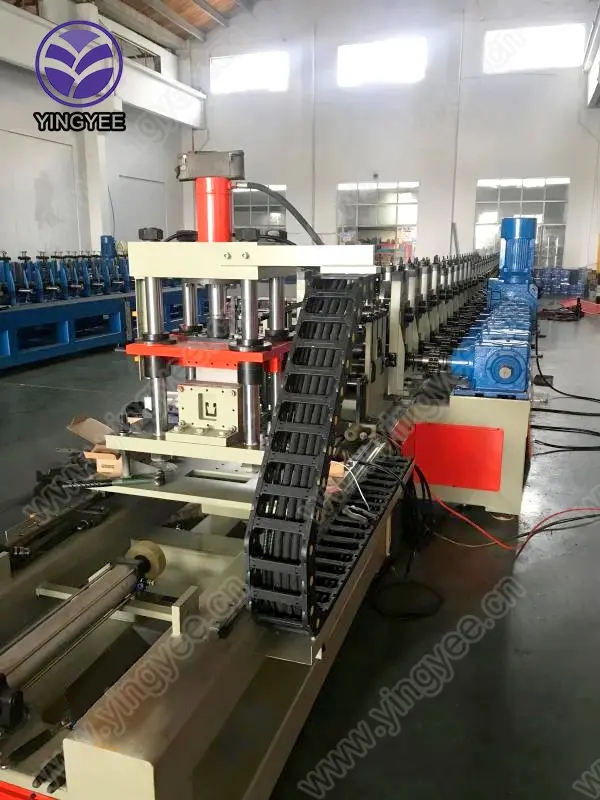
Simple Operation of Three-Axis Thread Rolling Machine
The three-axis thread rolling machine is an essential piece of equipment used widely in the manufacturing industry, particularly in the production of fasteners and screws. This machine operates on the principle of cold working, which enhances the mechanical properties of the material while providing a high-quality surface finish. Understanding its operation can optimize production efficiency and improve the final product quality.
Overview of Thread Rolling
Thread rolling is a process that involves the plastic deformation of material to create threads. Unlike traditional cutting methods, thread rolling does not remove material; instead, it displaces it, resulting in stronger and more durable threads. This method is particularly beneficial for metals, as it refines the grain structure and increases tensile strength.
Three-Axis Functionality
The three-axis configuration of the thread rolling machine allows for precise and versatile operations. The three axes generally refer to the vertical, horizontal, and rotational movements that the machine can perform. This complexity enables it to accommodate various thread sizes and profiles, providing flexibility in manufacturing different types of fasteners.
1. Vertical Axis The vertical movement is crucial for accommodating different lengths of workpieces. It allows the machine to adjust the position of the rolling dies easily, ensuring that the entire length of the fastener is treated uniformly.
2. Horizontal Axis The horizontal axis manages the lateral movements which are essential when positioning the workpiece accurately between the rolling dies. This ensures that the thread formation is precise and consistent throughout.

3. Rotational Axis The rotational movements impart the necessary force to the workpiece as it passes through the rolling dies. This axis is integral to the operation, as it defines the speed and feed rate, impacting the quality of the threads produced.
Benefits of Using a Three-Axis Thread Rolling Machine
1. Efficiency Thread rolling machines can produce threads at a much faster rate than traditional methods. The simultaneous use of three axes allows for continuous operations, minimizing downtime.
2. Strength and Durability The process of cold rolling ensures that the threads produced are not only precise but also exhibit greater strength due to work hardening. This is particularly important for applications where mechanical pressure and strength are critical.
3. Cost-Effectiveness While the initial investment in a three-axis thread rolling machine may be higher than in simpler machines, the long-term savings in material costs, labor, and production time make it an economically advantageous choice.
4. Quality Control Modern three-axis thread rolling machines often come equipped with advanced monitoring systems that ensure each thread meets high-quality standards, reducing the likelihood of defects.
Conclusion
The three-axis thread rolling machine is a technologically advanced solution for the production of threaded fasteners. Its simple operation, combined with the advantages of efficiency, durability, and cost-effectiveness, makes it a preferred choice in many manufacturing settings. By leveraging its capabilities, manufacturers can improve their production processes, ensuring they meet both quality and performance standards in today’s competitive market. Whether for small-scale operations or large manufacturing plants, the three-axis thread rolling machine stands out as an essential tool in the realm of industrial production.